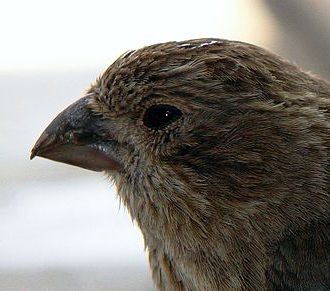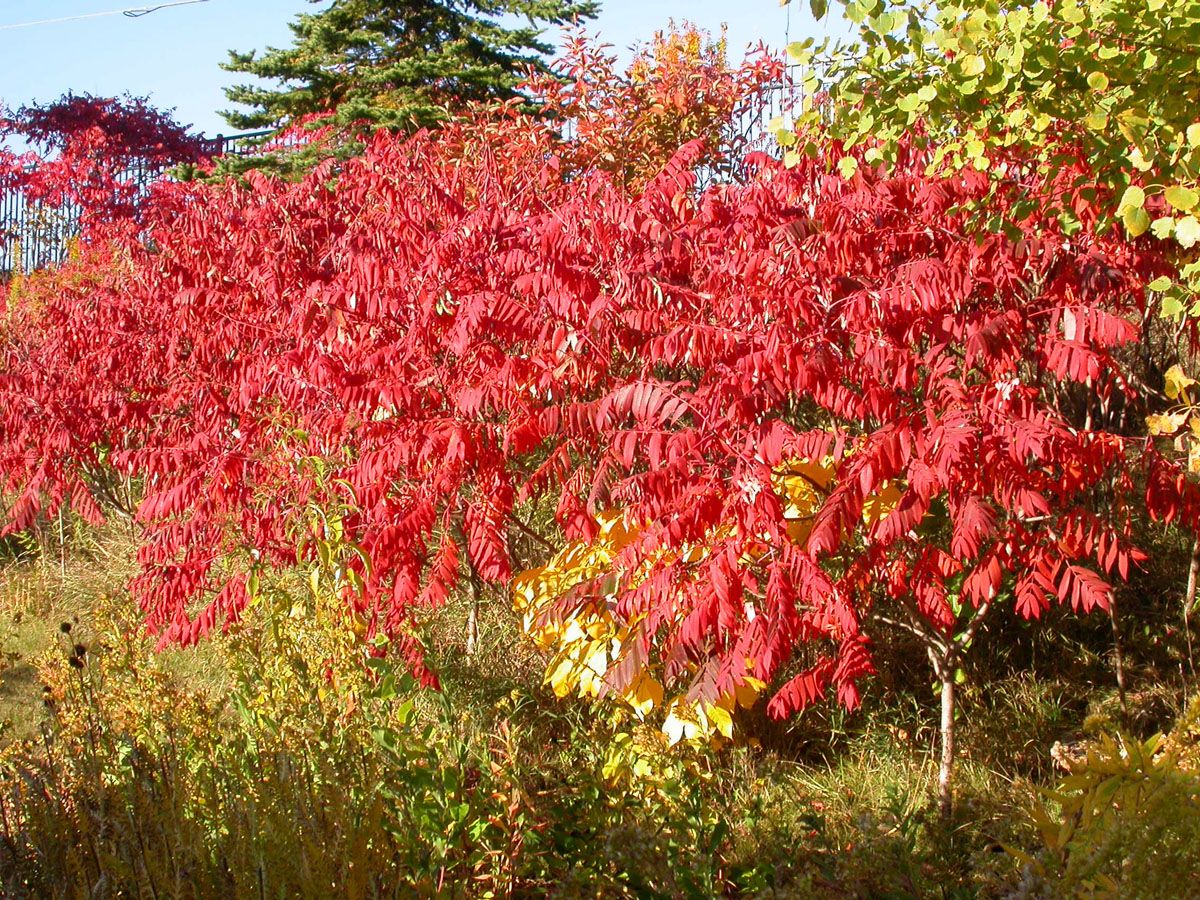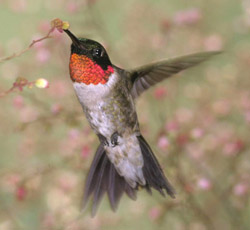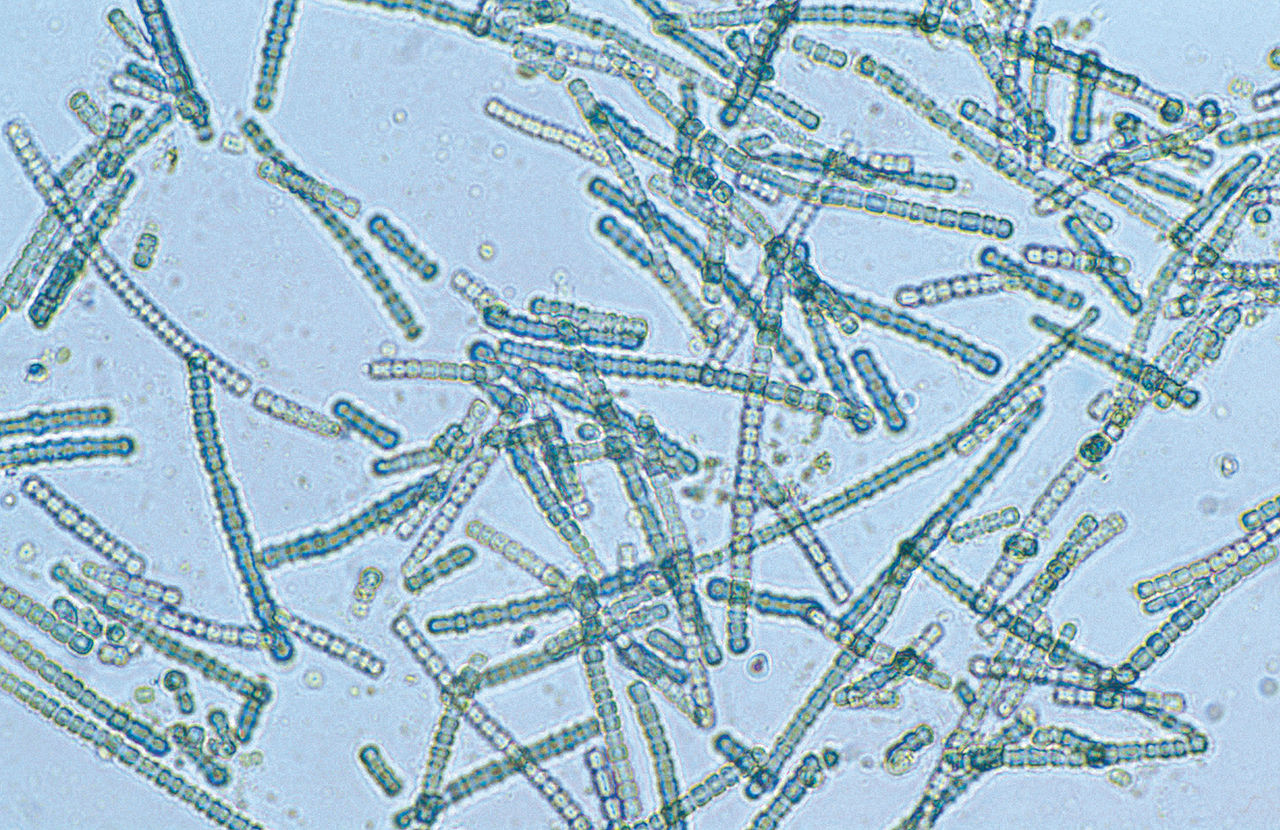Meet Your Neighbors: Meet Mr. & Ms. Finch
By Jack MacRae House finches are common birds with a common name. They are moderate sized birds with a conical, sparrow-like bill. Male house finches are red/pink on their forehead, face, throat, and breast. They have a pink rump. Their wings, backs, and bellies are streaked with shades of brown. Female house finches are streaky, blurry gray and brown all … Read more











